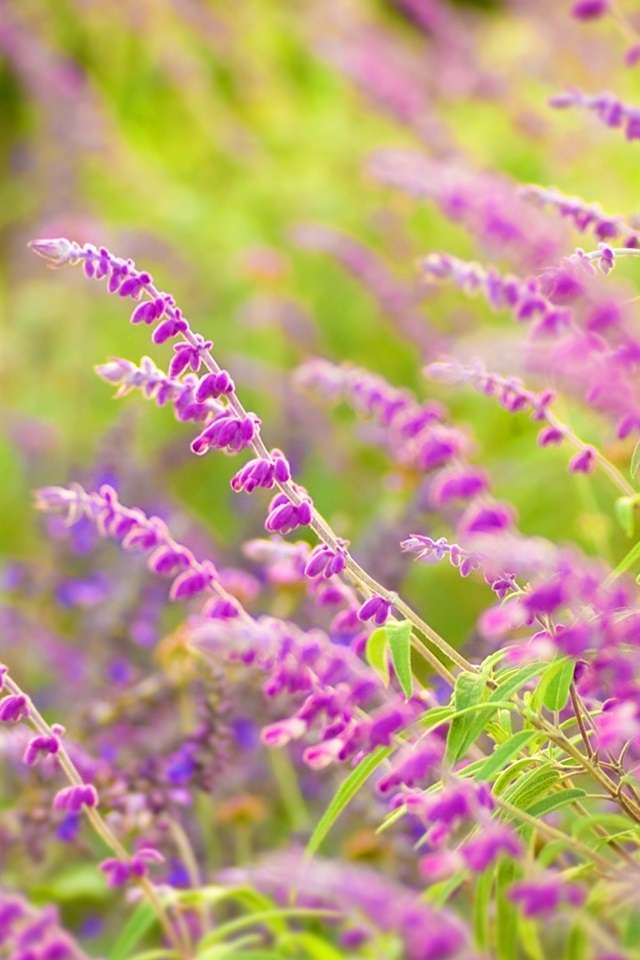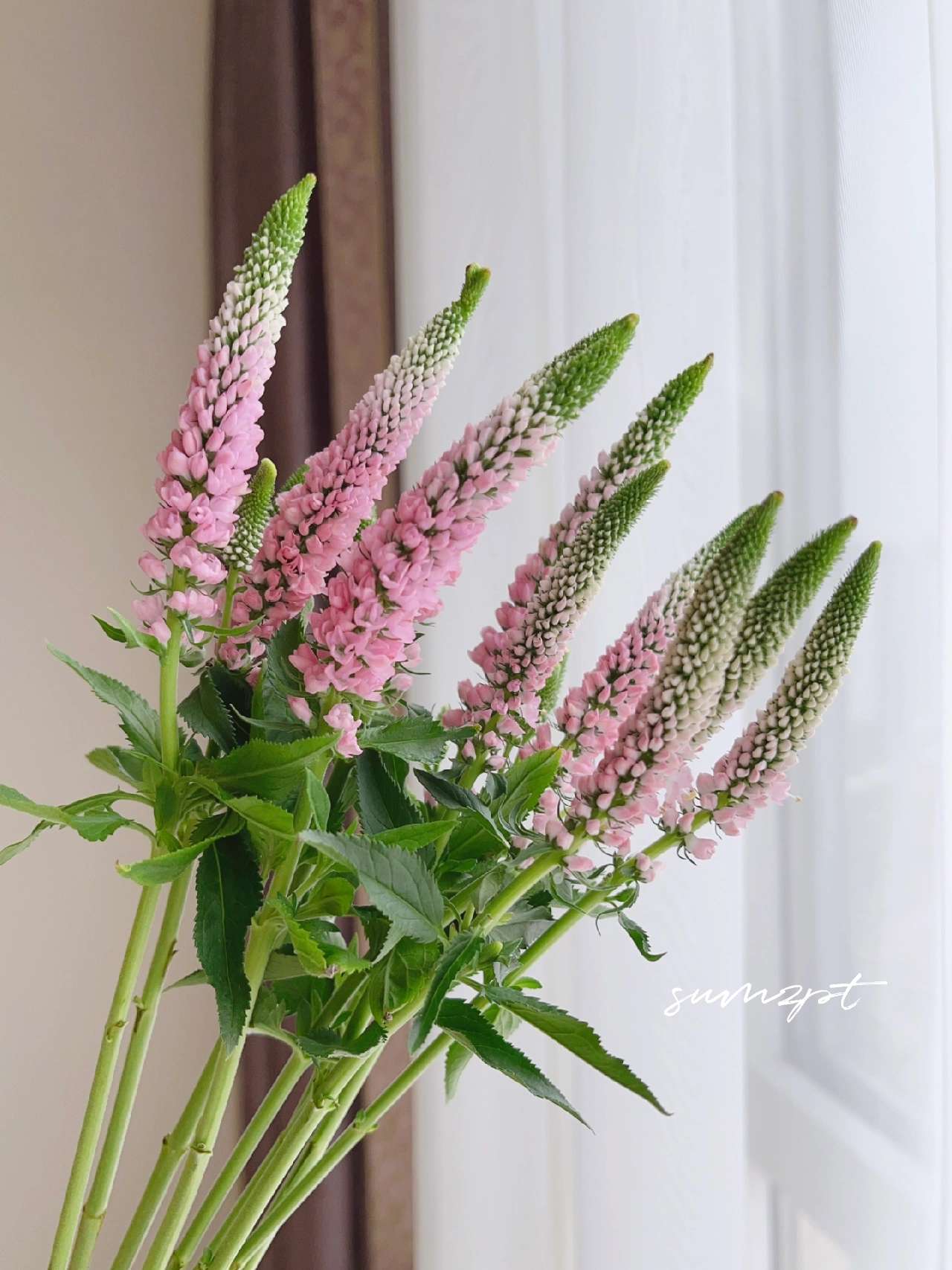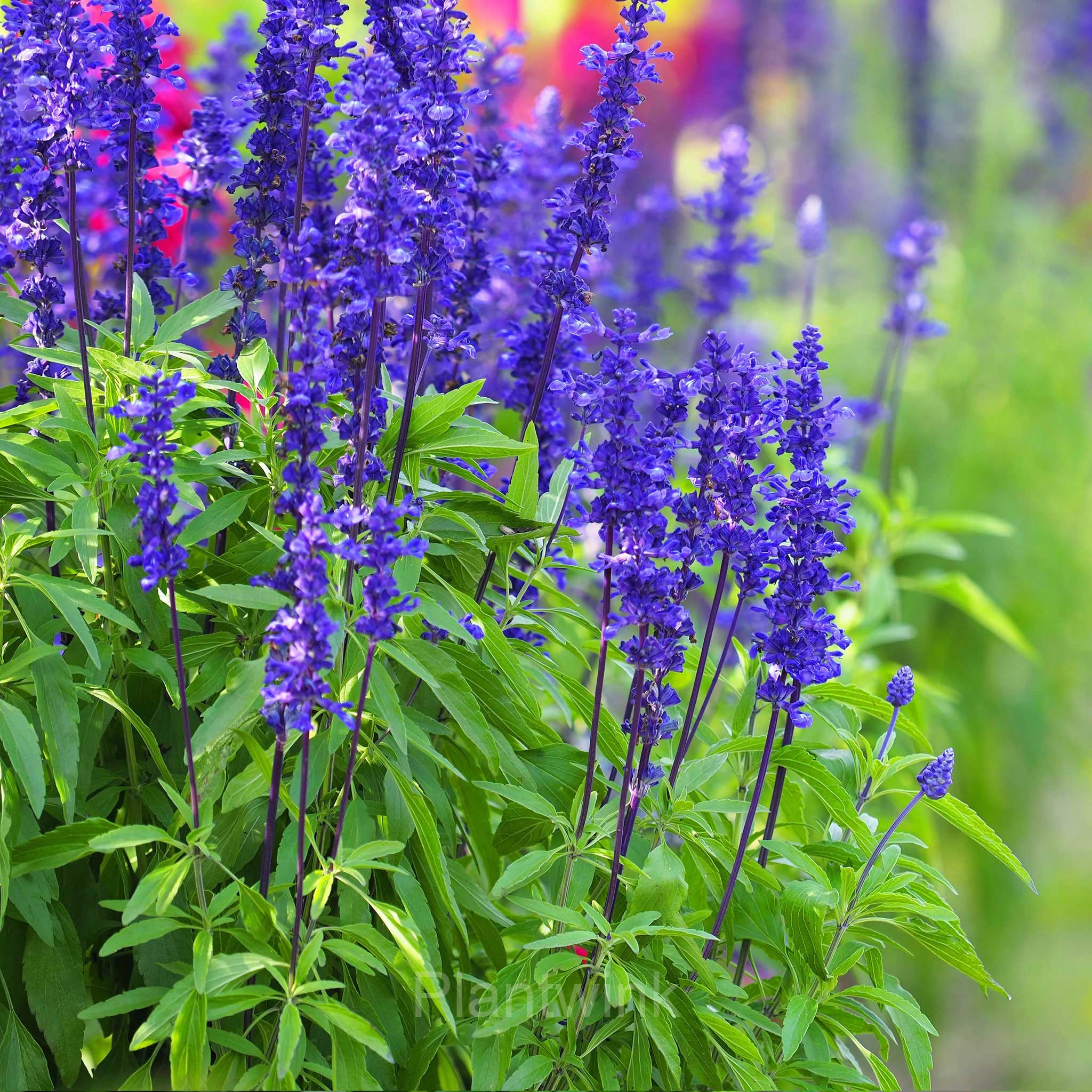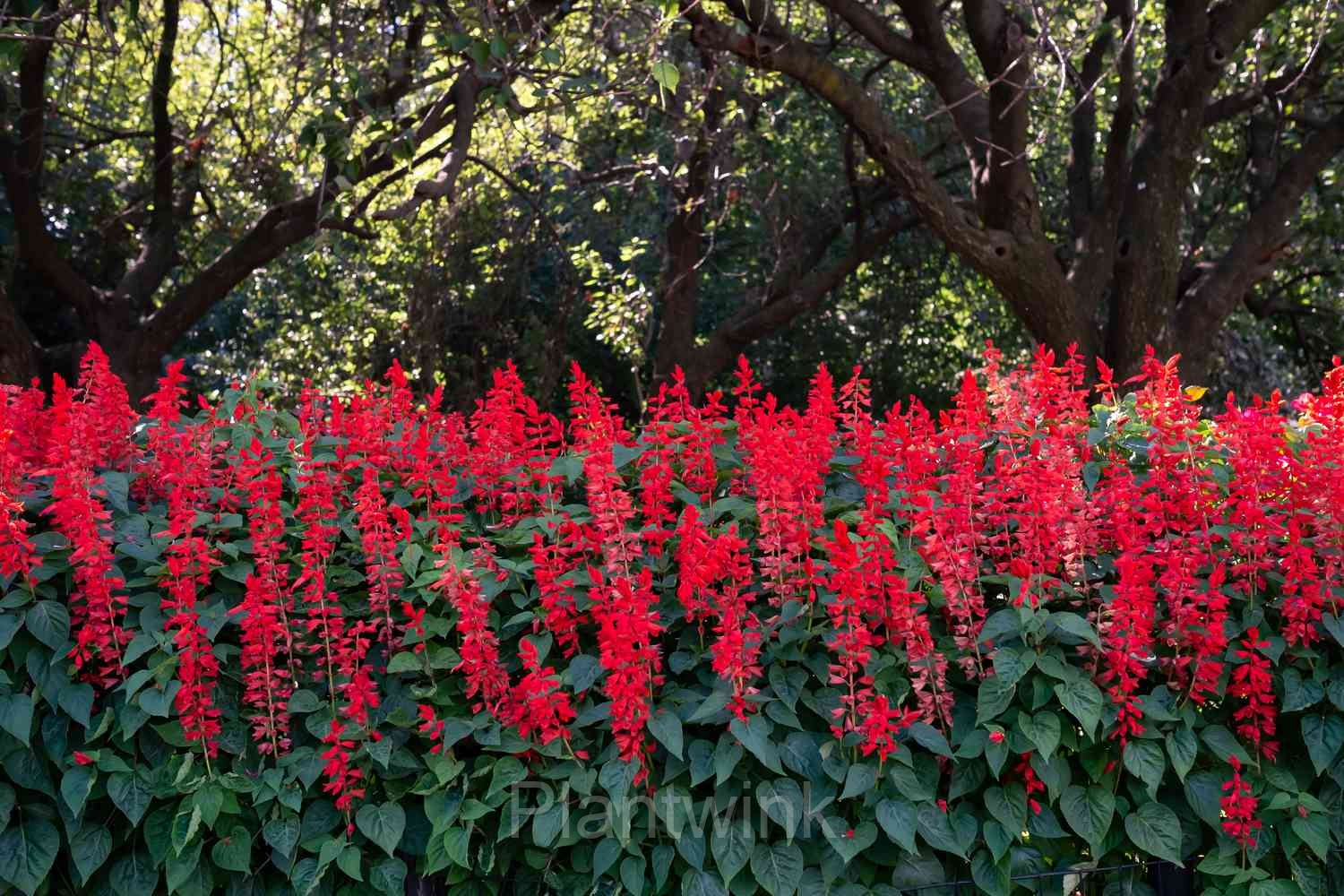Unlock the Secrets to a Thriving Sage Harvest
Sage has been a staple in herb gardens for centuries, beloved for its earthy flavor and incredible versatility in the kitchen. Whether you’re planting sage seeds for the first time or aiming to maximize your next harvest, knowing a few simple techniques can make all the difference. Let’s explore how to grow sage successfully and enjoy abundant results.
Why Grow Sage from Seed?
Starting sage from seed allows you to cultivate strong, healthy plants right from the beginning. It’s also an affordable and rewarding way to grow your own fresh herbs at home. Plus, sage plants are hardy, aromatic, and beautiful additions to any garden bed or container.
Tips for Planting Sage Seeds
To ensure the best growth, keep these practical steps in mind when planting sage seeds:
- Choose sunny spots: Sage thrives in areas with full sun exposure.
- Soil prep matters: Use well-drained, sandy soil for optimal growth.
- Spacing is key: Give plants about 18–24 inches of space to expand.
- Water wisely: Sage prefers moderate watering—avoid overwatering to prevent root rot.
When to Harvest Sage
The best time to harvest sage is just before the plant blooms, when the leaves are most flavorful. Simply snip stems in the morning after the dew has dried. Frequent harvesting also encourages new growth, giving you a steady supply of fresh leaves throughout the season.
Creative Uses for Fresh Sage
Once you’ve harvested your sage, the possibilities are endless:
- Culinary delights: Enhance roasts, pasta dishes, or savory breads.
- Herbal teas: Brew soothing sage tea for relaxation.
- Aromatic decor: Use dried sage bundles as natural home accents.
- Natural remedies: Incorporate sage into traditional wellness practices.
Final Thoughts
Growing sage from seed is simple, rewarding, and incredibly beneficial for your garden and kitchen. By following these planting and harvesting tips, you’ll enjoy a bountiful supply of fresh, flavorful leaves all season long.




